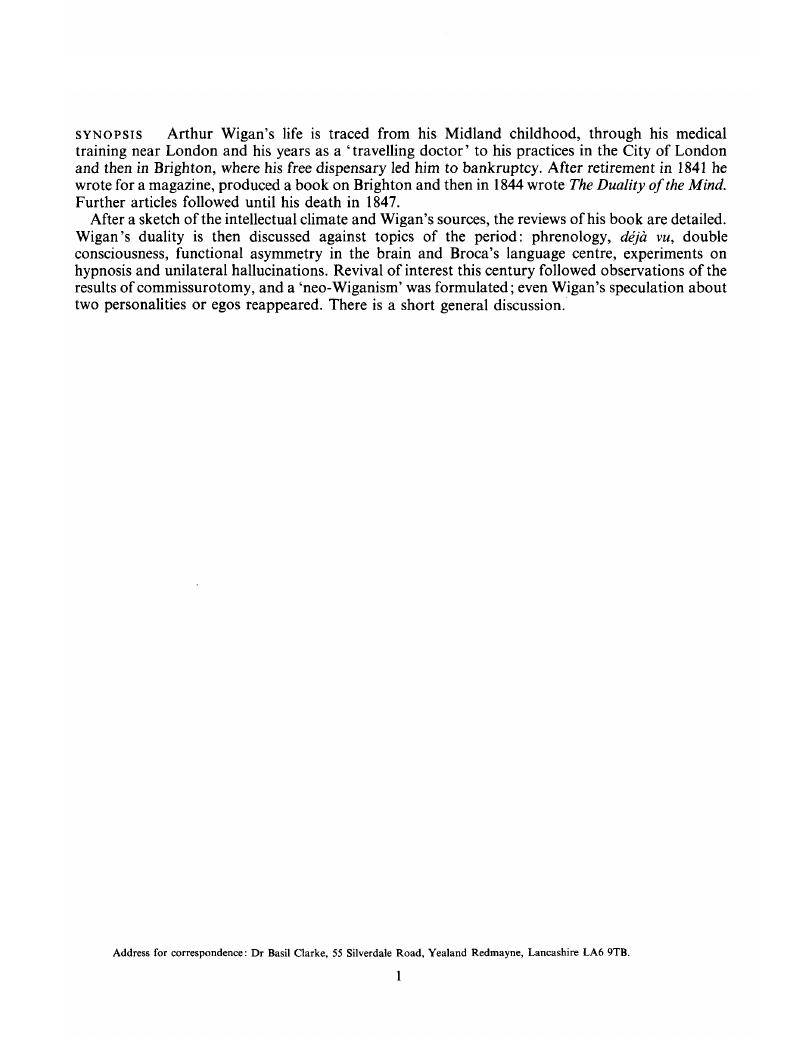Crossref Citations
This article has been cited by the following publications. This list is generated based on data provided by Crossref.
Tibbo, Philip
Nopoulos, Peg
Arndt, Stephan
and
Andreasen, Nancy C
1998.
Corpus callosum shape and size in male patients with schizophrenia.
Biological Psychiatry,
Vol. 44,
Issue. 6,
p.
405.
Höppner, Jacqueline
Kunesch, Erwin
Großmann, Annette
Tolzin, Christoph‐Jonas
Schulz, Merten
Schläfke, Detlef
and
Ernst, Klaus
2001.
Dysfunction of transcallosally mediated motor inhibition and callosal morphology in patients with schizophrenia.
Acta Psychiatrica Scandinavica,
Vol. 104,
Issue. 3,
p.
227.
Höppner, J.
Schläfke, D.
and
Ernst, K.
2004.
Universitätskolloquien zur Schizophrenie.
p.
51.
Neppe, Vernon M
2015.
An Overview Perspective on what Déjà Vu is (Part 1).
Journal of Psychology & Clinical Psychiatry,
Vol. 2,
Issue. 6,
Diwadkar, Vaibhav A.
and
Keshavan, Matcheri S.
2015.
Developmental Psychopathology.
p.
742.
Ocklenburg, Sebastian
and
Güntürkün, Onur
2018.
The Lateralized Brain.
p.
313.
Tyburski, Ernest
Podwalski, Piotr
Waszczuk, Katarzyna
Rek-Owodziń, Katarzyna
Mak, Monika
Plichta, Piotr
Bielecki, Maksymilian
Rudkowski, Krzysztof
Szelepajło, Michał
Kucharska-Mazur, Jolanta
Andrusewicz, Wojciech
Misiak, Błażej
Kerestey, Magdalena
Bober, Adrianna
Wietrzyński, Krzysztof
Michalczyk, Anna
Więdłocha, Magdalena
Marcinowicz, Piotr
Samochowiec, Jerzy
and
Sagan, Leszek
2021.
Relationship of Corpus Callosum Integrity with Working Memory, Planning, and Speed of Processing in Patients with First-Episode and Chronic Schizophrenia.
Journal of Clinical Medicine,
Vol. 10,
Issue. 14,
p.
3158.
Ocklenburg, Sebastian
and
Güntürkün, Onur
2024.
The Lateralized Brain.
p.
391.





